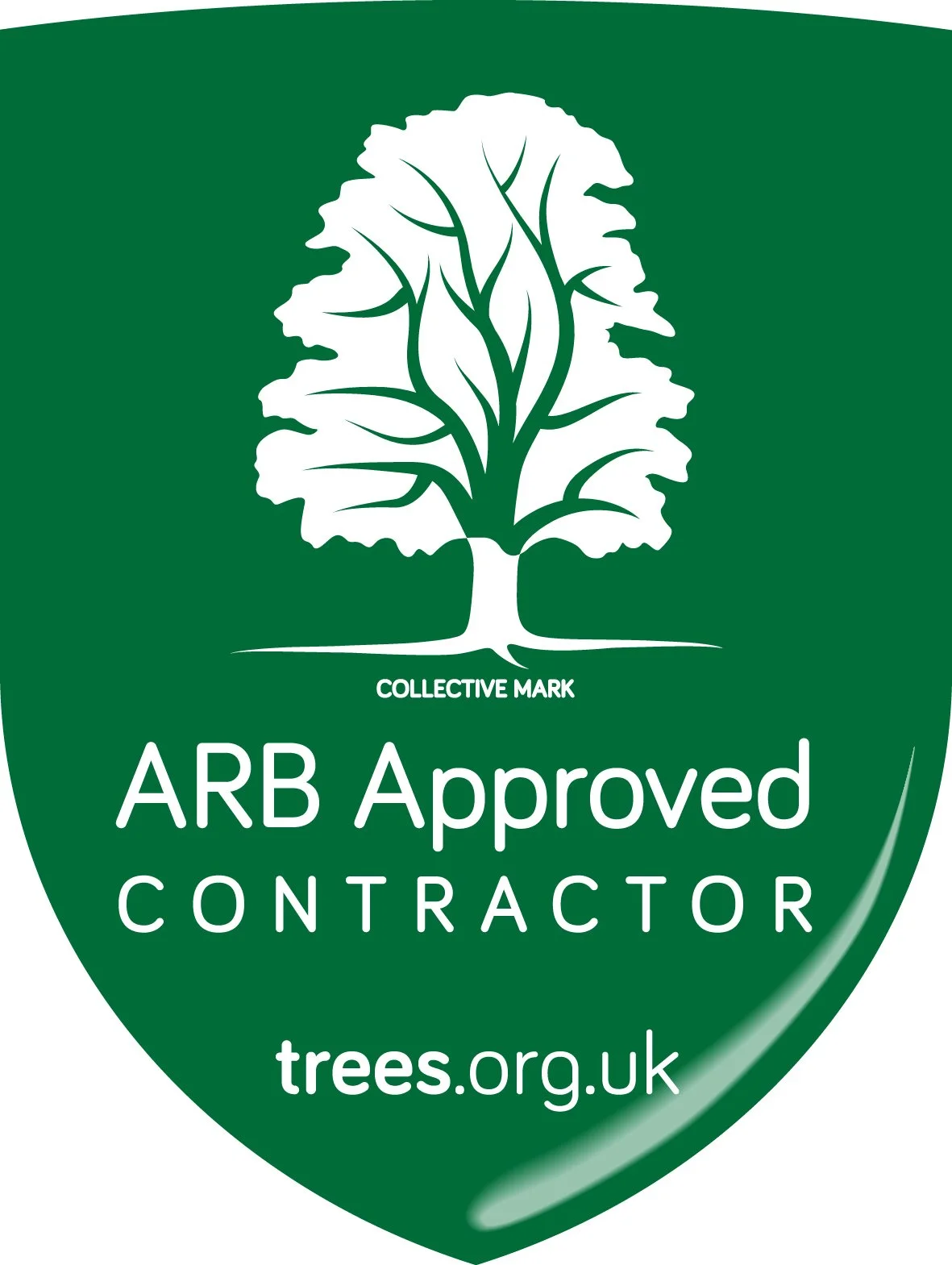An ancient feature of our landscape and popular throughout the British Isles, the Oak is one of our most recognisable and well known trees. From deer parks to hedgerows to forests and domestic gardens, our native English Oaks (Quercus robur, also known as the Pedunculate Oak) and Sessile Oaks (Quercus petraea) are a common site, easily identified by their distinctively shaped leaves, as well as through their production of acorns, their rough and deeply crevassed bark and their ability to grow to an immense size, potentially reaching heights of 40 metres.
The acorns of an English Oak
The deeply fissured bark of an Oak
A classic stag-headed Oak
Oak trees can be immensely long lived, coming second only to the Yew; a number of Oak trees within the British Isles have been dated as being at least 900 years old, and some, such as the Bowthorpe Oak located in Lincolnshire and the famous Major Oak in Nottinghamshire, in which Robin Hood is supposed to have lived, are older than 1,000 years! These ancient trees are incredible sites for biodiversity, providing a unique environment for a huge range of organisms to thrive, from mosses, fungi and lichens to insects, birds and mammals. By the time they reach such advanced ages, the trees themselves have often developed unique and fascinating shapes, displaying unusual hollows, burls and limb formations which add to their character and interest. You might also come across a “stag headed” Oak tree, where the upper crown has died off resulting in “antlers” of dead wood protruding above the living lower crown.
Oaks have long held a major place in British myth and legend. An important tree to the ancient Celtic peoples, Oaks were believed to be connected to the god of thunder, perhaps because of their tendency to be struck by lightning, and were commonly used in sacred groves by druids; in fact, the word “druid” is believed to mean “knower of the Oaks”. Both Robin Hood and King Charles II were believed to have found shelter within mighty Oak trees, with the restoration of the Stuart monarchy traditionally being celebrated on Royal Oak Day (29th May) with the wearing of Oak leaves and the decoration of buildings with Oak branches and foliage.
The Old Man of Calke, estimate to be at least 1,200 years old and located on the Calke estate in Derbyshire
In practical terms, Oak timber has long been used for a variety of applications. The wood is strong and highly durable with a straight, aesthetically pleasing grain, and also has the added benefit of being harvestable in great quantities, making it extremely useful for building and shipbuilding; in fact, the Oak-built Greensted Church in Essex, which is not only still standing today but is still used as an active church, has been dated back to the year 845! On a smaller scale, thanks again to its long lasting nature and also to its ability to yield a beautiful finish, Oak wood is a popular choice for furniture and homewares, and the bark can be used to produce dyes and glazes. Oak even has its place in within the world of food, with chips of Oak wood being used to smoke foods from meats to fish and cheese and Oak wood barrels being an essential part of the production of whisky. The acorns (or mast) are an excellent food for foraging pigs; though not a British product, the famous jamon iberico of Spain gets much of its unique flavour from the acorns the pigs eat during the autumn.
Wherever you are in Devon you are unlikely to have to go far to find a beautiful Oak tree! We are lucky to have not only ancient and veteran Oak trees but also trees of particular interest to scientists and ecologists as well as trees of cultural significance. We would recommend doing a bit of research on your local area to see what is closest, but some great examples of our notable Oak trees are:
The Meavy Oak, also known as the Royal Oak, which is believed to be around 900 years old and has been suggested to be one of the trees in which King Charles hid in when fleeing from the Roundheads (though this is highly unlikely!)
The Oaks of Clovelly Court Park, which can be found in the parklands as well as on the walk between the court and the village of Clovelly
Whiddon Deer Park, adjacent to Castle Drogo, where a number of veteran Oaks can be seen, as well as a selection of other fine trees, including Beech and Crab Apple trees
Wistman’s Woods and Blackator Copse, two sites of national scientific importance. These small Oak woodlands are two of the very few surviving ancient atlantic rainforests in the UK. Wistman’s Woods have now been closed off to public access.
Phear Park in Exmouth has several Oak trees of a significant size, although these are largely Lucombe Oaks (Quercus x hispanica) rather than English or Sessile Oaks. In 2009 one of these Oaks suffered a collapse during a storm, with the fallen stem and major limbs being left in situ as an interesting natural feature.







